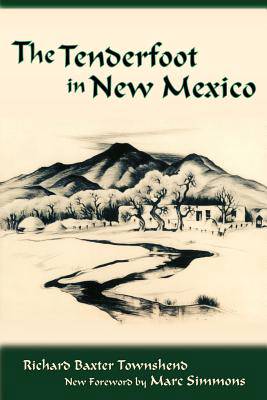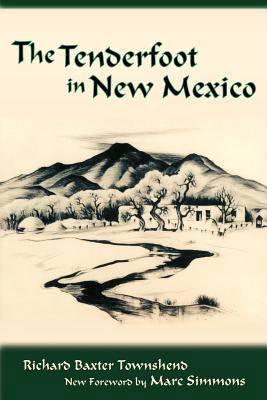
- Retrait gratuit dans votre magasin Club
- 7.000.000 titres dans notre catalogue
- Payer en toute sécurité
- Toujours un magasin près de chez vous
- Retrait gratuit dans votre magasin Club
- 7.000.0000 titres dans notre catalogue
- Payer en toute sécurité
- Toujours un magasin près de chez vous
Description
Britishers were not uncommon on the frontier of the American Southwest. Most of them, well-financed, came to acquire land and purchase cattle, intending to make their fortunes at ranching. But almost all were lured to America's Wild West as much by its romantic image as by the opportunity to grow rich. One of the younger members of that breed of Englishmen was Richard Baxter Townshend, hungry for adventure and prosperity, who landed at the foot of the Colorado Rockies in 1869, just four years after the end of the Civil War. Townshend, born in 1846, was then 23 years old and was captivated by cowboys and Indians. He would rub shoulders with innumerable examples of both during his time in Colorado and New Mexico. Over his years in the West he gained some seasoning and became a rancher and a successful merchant. Once when Townshend and his men were making a harrowing cattle drive, they narrowly missed having the valuable livestock stolen by Billy the Kid and his outlaw pals. Later in his life, back in England, Townshend pulled together his first book, "A Tenderfoot in Colorado." It was published in February 1923. The following April 23 he died at Oxford in his 77th year. The second volume, "The Tenderfoot in New Mexico," was completed by his wife Dorothea, using notes left by her husband. It saw publication at the end of 1923. It proved to be the most popular, with its descriptions of Townshend's experiences among the Pueblo and Navajo Indians, and his adventures on desert and mountain trails. Although Townshend gained a wide audience in his day among both Englishmen and Americans, by the mid 20th century he had slipped from public view. This reprinting of "The Tenderfoot in New Mexico" by Sunstone Press will serve to re-introduce him to a new generation of readers.
Spécifications
Parties prenantes
- Auteur(s) :
- Editeur:
Contenu
- Nombre de pages :
- 312
- Langue:
- Anglais
- Collection :
Caractéristiques
- EAN:
- 9780865345928
- Date de parution :
- 15-10-13
- Format:
- Livre broché
- Format numérique:
- Trade paperback (VS)
- Dimensions :
- 152 mm x 229 mm
- Poids :
- 458 g

Les avis
Nous publions uniquement les avis qui respectent les conditions requises. Consultez nos conditions pour les avis.






